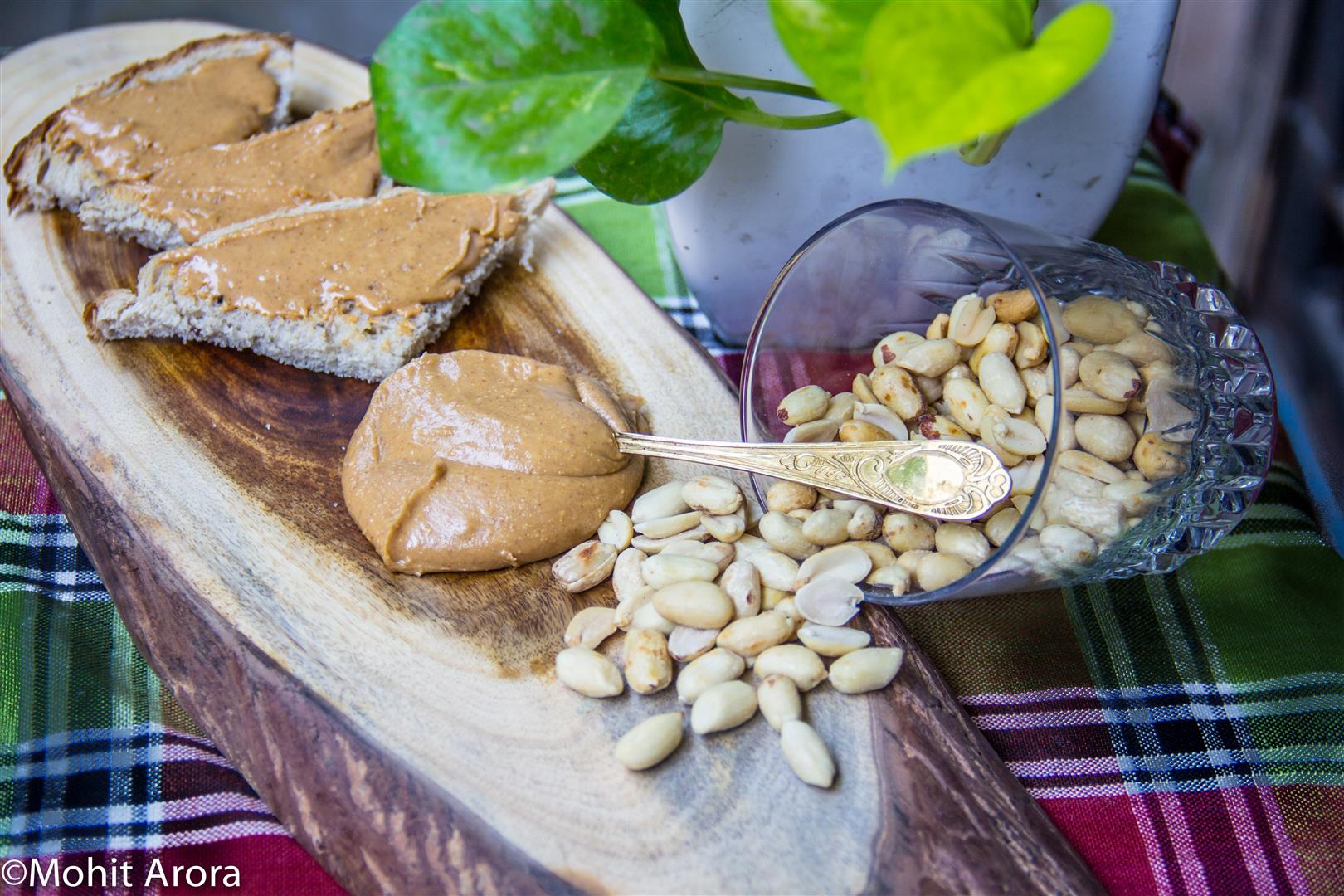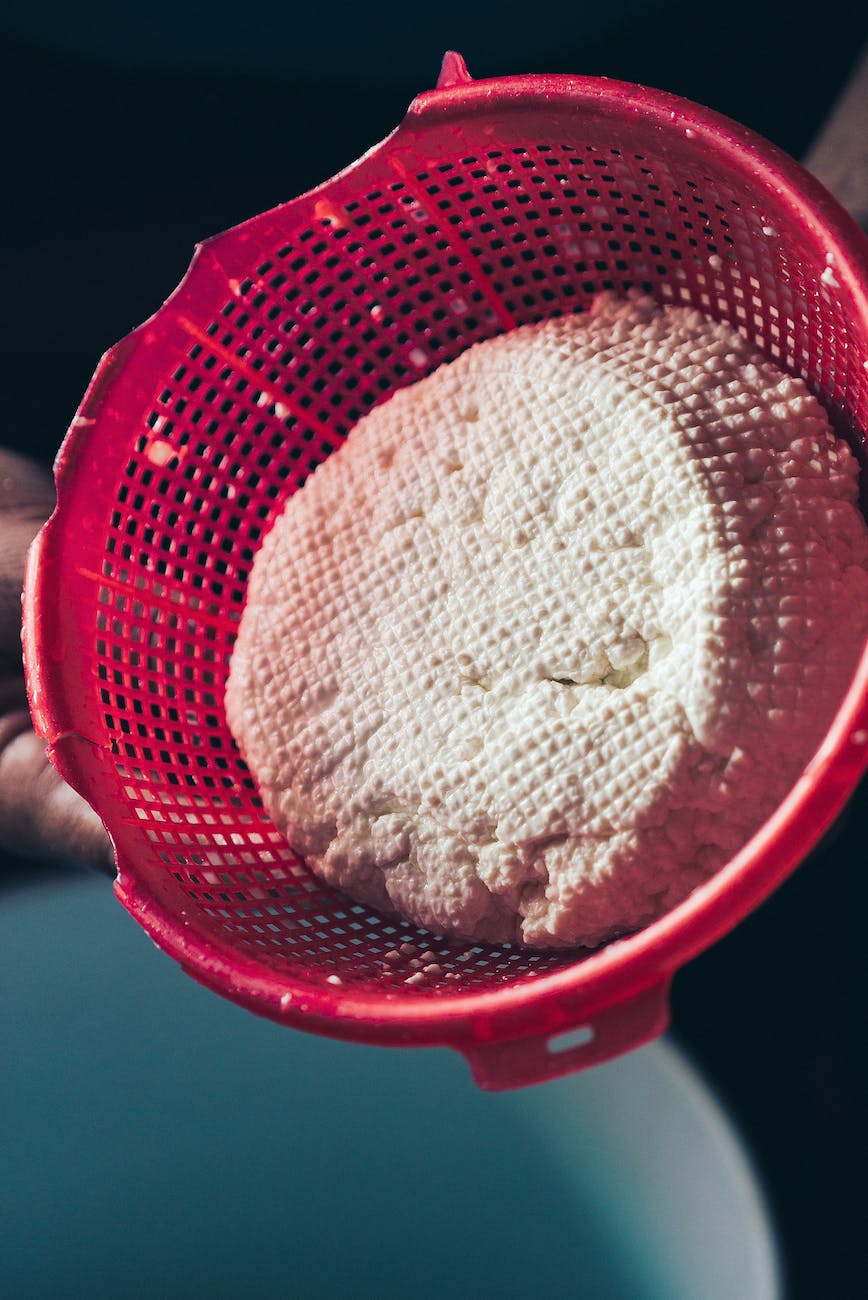
Welcome to a journey of health and wellness brought to you by the vibrant and inspiring YouTube channel, Splash of Goodness. Hosted by Eva, a passionate health coach, the channel is a treasure trove of information and inspiration for those seeking to lead a healthier lifestyle. Today, we delve into one of their enlightening videos titled “How To Grow Sprouts at Home | 4 Super Healthy Sprouts”.
Sprouts, the tiny powerhouses of nutrition, are a must-have in your diet. They are packed with essential nutrients and are incredibly easy to grow at home. In this video, Eva introduces us to the world of sprouts, their benefits, and the simple process of growing them at home.
🌿 The Importance of Sprouts
Sprouts are the germinated seeds of legumes or grains, and they are a powerhouse of nutrition. They are rich in vitamins, minerals, proteins, and enzymes that aid digestion. Sprouts are also known for their high fiber content, which aids in digestion and promotes a feeling of fullness.
Eating sprouts is like consuming a complete vegetable in itself. For instance, just three tablespoons of broccoli seeds can grow into a volume of sprouts that is equivalent to eating a large amount of fully grown vegetables. Sprouts are also a great source of plant-based protein, making them an excellent choice for vegetarians and vegans.
🌱 The Countdown of Homegrown Goodness
Let’s dive into the process of growing sprouts at home, as demonstrated by Eva in the video. We will be focusing on four types of sprouts: Alfalfa, Radish, Lentils, and Broccoli.
4. Broccoli Sprouts 🥦
Broccoli sprouts are packed with nutrients and are easy to grow. Unlike other seeds, broccoli seeds do not need to be soaked overnight. They only need to be soaked for two to four hours during the day. After soaking, rinse them twice and let them drain.
3. Lentil Sprouts 🌾
Lentil sprouts are a rich source of protein and fiber. To grow them, soak a quarter cup of lentils in a jar overnight. The next morning, drain the water and rinse them twice. Lentil sprouts grow faster and are usually ready in three days.
2. Alfalfa Sprouts 🌱
Alfalfa sprouts are known for their rich flavor and crunchy texture. To grow them, add two tablespoons of alfalfa seeds to a jar and soak them overnight. Rinely rinse and drain them the next morning.
1. Radish Sprouts 🌶️
Radish sprouts are the star of the show. They have a spicy flavor and are packed with nutrients. To grow them, add two tablespoons of radish seeds to a jar and soak them overnight. Rinely rinse and drain them the next morning.
After the initial soaking and rinsing process, continue to rinse the sprouts twice daily for the next four to five days. Once the sprouts are fully grown, rinse them one final time, let them dry, and store them in an airtight container in the refrigerator.
Growing your own sprouts is not only a fun and educational project, but it also allows you to have fresh, nutritious food right at your fingertips.
This blog post is based on the video “How To Grow Sprouts at Home | 4 Super Healthy Sprouts” by Splash of Goodness. All credit for the information and instructions goes to the host, Eva, and her wonderful channel. You can watch the full video here.
We invite you to join our Facebook group, Vibrant and Engaging Community of Food Lovers, where you can share your sprouting experiments and results with a community of like-minded individuals. Remember, your health is in your hands. Start sprouting today!













